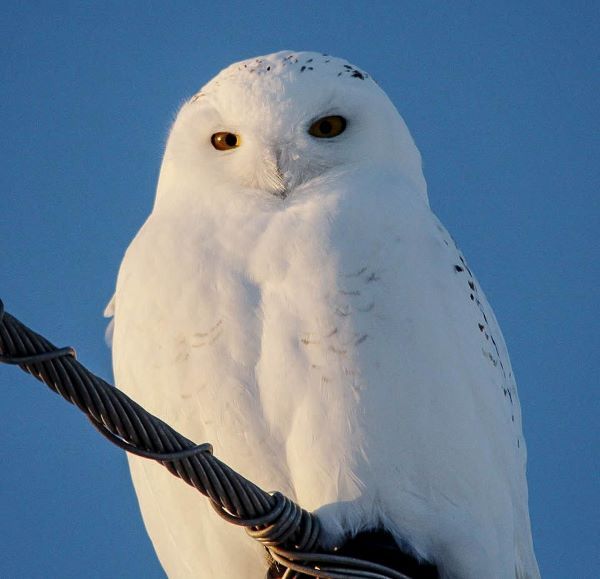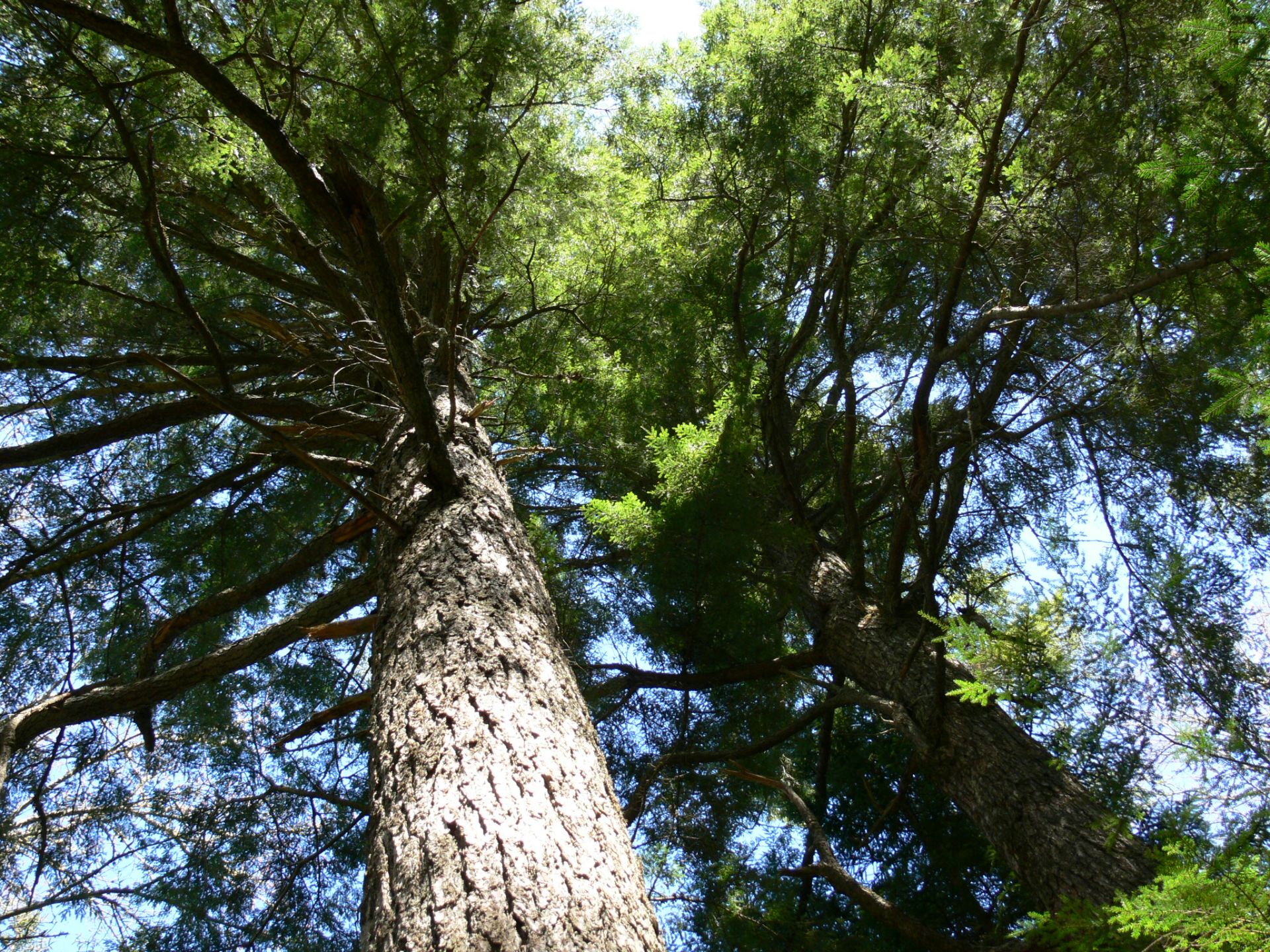Prowling for owls
April 08, 2025
By Gary Schneider
We’re coming up to one of my favourite times of the year. The annual owl prowls at Macphail Woods have a long tradition of being many people’s first introduction to this fascinating family of birds.
This year, we have several Owl Prowls planned at the Macphail Homestead in Orwell - April 12th, 19th and 26th. These annual free worskshops have exceeded our expectations this year; each event is at capacity with a significant waitlist.
When I started Macphail Woods in 1991, I was committed to teaching about forest restoration but always partnered with improving wildlife habitat and increasing biodiversity.
We started hosting owl prowls as a way of getting people to fall in love with forests. A slideshow introduced participants to this fascinating family of birds, describing the complexity of this family. We often think of owls as creatures of the night, yet some are much more active during the day. While some owls are forest dwellers, others are more likely to be found around fields. Some are year-round residents, some migrate up from the south to raise a family, while still others are winter visitors from the north.

Snowy owl on a wire. Photo by Donna Martin
Teaching people that we need to protect forests is no easy task. We face an avalanche of public relations firms saying that “we plant three trees for every one cut.” As if three tiny seedlings equal one large tree. Or that we are a tree-growing company instead of a tree-cutting company. Or that the paper products are carbon neutral.
People need to learn about forest issues, even if it takes work, but it is much easier to get people to actually fall in love with forests. That’s when the real stewardship and protection begins. It often starts with seeing your first Yellow Lady’s Slipper, a River Otter, or a Hummingbird Hawk-moth. But for many, it starts with owls.
The Atlantic provinces are rich in owls, though most of us rarely get to see one. Barred Owls are the most commonly seen and heard species in this region and respond the best to calling. They are creatures of the night, though they often respond to calls during the day.
Owl prowls shine as educational tools. Once you get hooked on owls – their beauty and their wildness – and understand their preferred habitat, it is hard to think of a large clearcut as doing anything good for these magnificent birds. Barred Owls are mainly birds of the forest, nesting in cavities in dead and dying trees. In forests without sufficiently large wildlife trees, they will use nest boxes, but that is a lot of work and has only made me more appreciative of dead trees.
Barred owls are relatively common in the Maritime provinces but run into problems because for the most part the trees they use for nesting must be large enough to not only house the birds but also to remain standing. The size of their territory varies but usually runs about a square mile. They tend to favour mixed forests that are 80 years or older. Unfortunately, these forest types have become less and less common.
There are so many reasons to love healthy older forests – everything from storing carbon to cleaning air and water. Yet the love of owls may turn out to be a critical factor in forest protection. Hope to see you some enchanted evening.
